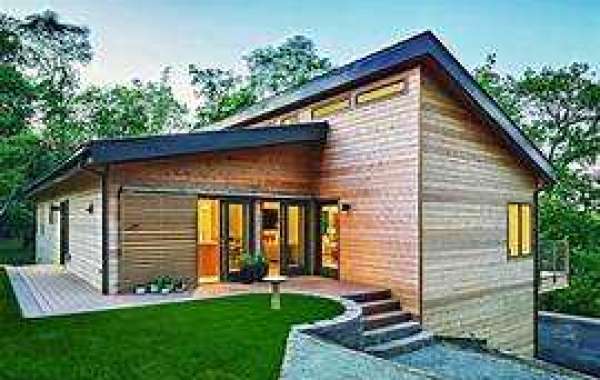In the world of construction and architecture, innovation and efficiency are constantly driving the industry forward. One such innovation that has been gaining momentum in recent years is the concept of prefabricated houses, also known as prefab houses or modular homes. These residential structures are constructed off-site in a factory or manufacturing facility, offering a range of benefits over traditional construction methods. In this blog, we'll delve into the fascinating world of prefab houses, exploring the systematic process behind their construction and the advantages they bring to homeowners and the environment.
The Prefabrication Process
Prefabricated houses are the result of a well-organized and systematic construction process that takes place primarily in a factory or manufacturing facility. Here's a breakdown of the key steps involved:
Design and Planning: The process begins with meticulous planning and design. Architects and engineers work together to create a detailed blueprint of the prefab house, ensuring every element is precisely measured and fits together seamlessly.
Component Fabrication: Unlike traditional construction, where materials are delivered to the construction site, prefab houses involve the creation of various building components off-site. These components can include walls, floors, ceilings, roof trusses, and even plumbing and electrical systems. Each element is manufactured with precision using specialized machinery.
Quality Control: A significant advantage of prefab construction is the strict quality control measures that are in place. With construction in a controlled environment, factors like weather-related damage are eliminated, and every component can be inspected thoroughly before assembly.
Transportation: Once the components are fabricated and inspected, they are transported to the intended construction site. This is a critical stage in prefab construction, as careful transportation ensures that the components arrive intact and undamaged.
Assembly: On-site, skilled workers assemble the prefabricated components using a carefully crafted plan. The assembly process is typically faster than traditional construction methods, as the components are designed to fit together precisely
Related Links:








